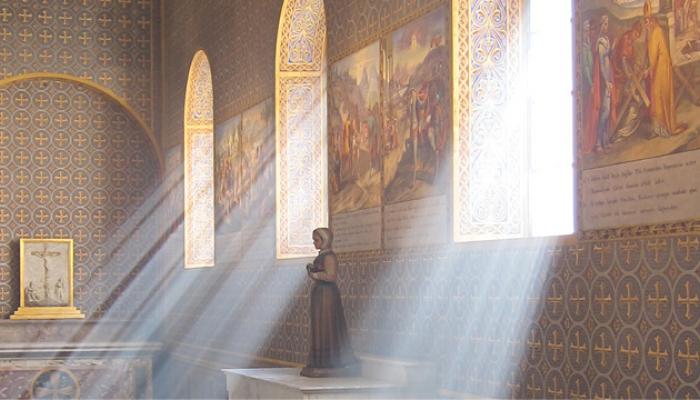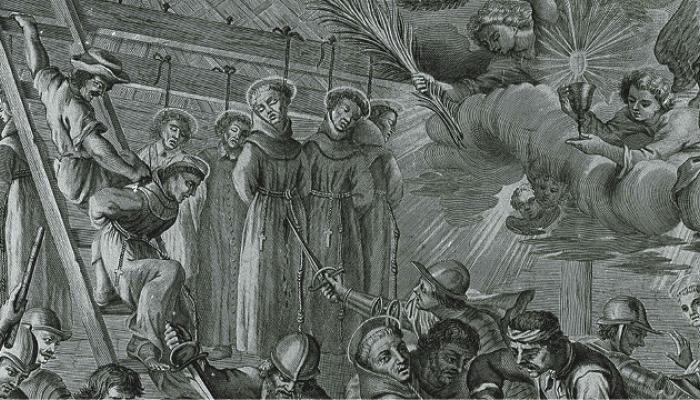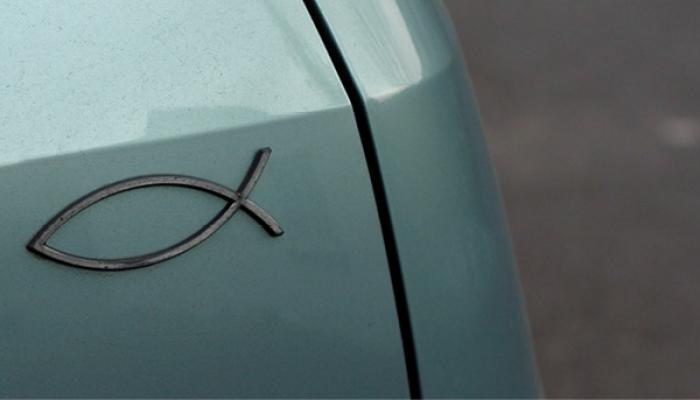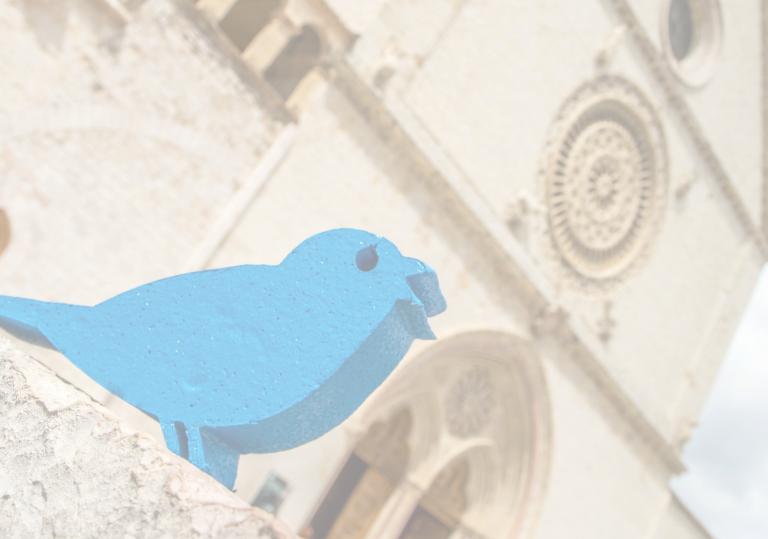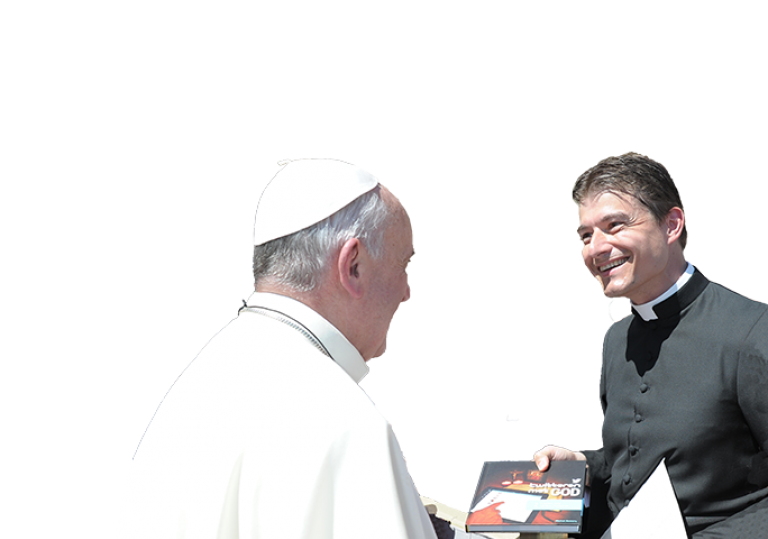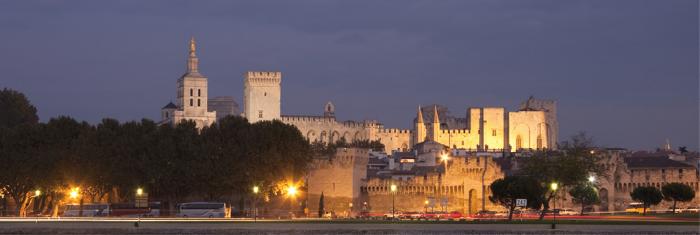
2.33 What happened at the beginning of the Renaissance?
In the thirteenth and fourteenth century there was much confusion about the identity of the real pope, since several people claimed to be pope at the same time. It took until 1417 for all parties to recognise Martin V as the only true pope.
The popes started to accrue ever more wealth and live worldly lives. Because of these problems the Church was in dire need of renewed attention to truly following Jesus, which did happen on a small scale. During the Renaissance, however, often the human person became the centre of attention instead of God. Sadly, this was sometimes also reflected in the leadership of the Church.
[The scholar] Duns Scotus distanced himself from Paris, after a serious dispute broke out between King Philip IV the Fair and Pope Boniface VIII, rather than sign a document hostile to the Supreme Pontiff as the King requested of all religious, preferring voluntary exile... this event invites us to remember how often in the history of the Church believers have met with hostility and even suffered persecution for their fidelity and devotion to Christ, to the Church and to the Pope. We all look with admiration at these Christians who teach us to treasure as a precious good faith in Christ and communion with the Successor of Peter, hence with the universal Church. However, friendly relations between the King of France and the Successor of Boniface VIII were soon restored and in 1305 Duns Scotus was able to return to Paris to lecture on theology. [Pope Benedict XVI, General Audience, 7 July 2010]

